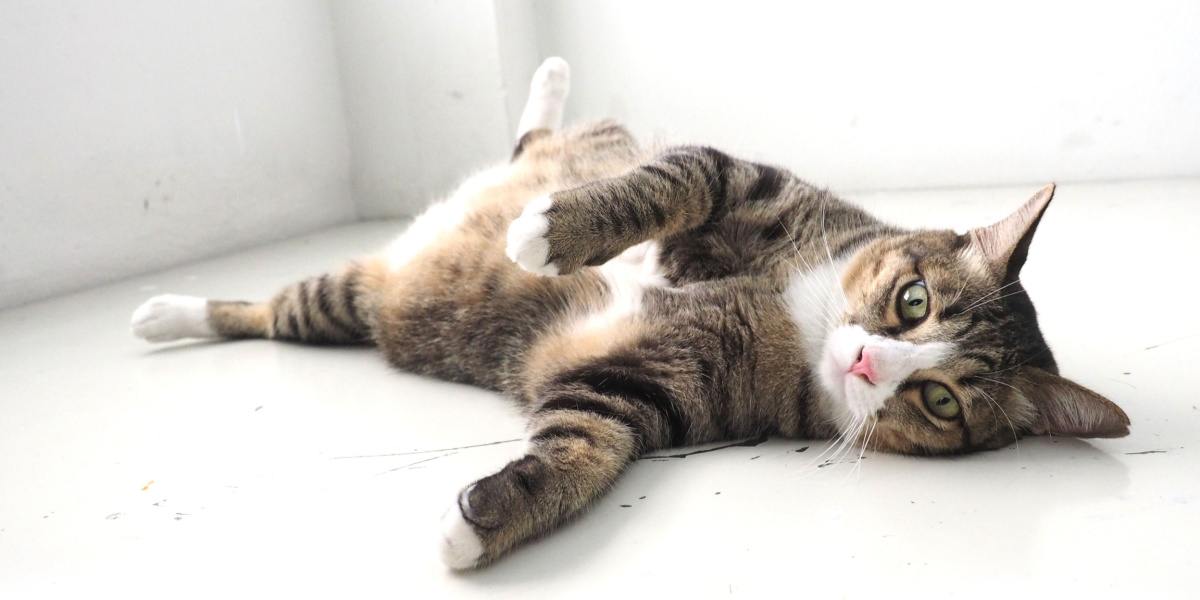
When your cat rolls over and shows you their stomach, a belly button might not be immediately obvious. In fact, you might never have given much thought as to whether or not cats have belly buttons. Although it might not be as obvious as a human’s, cats do indeed have belly buttons. Let’s learn a bit more about what cat belly buttons look like and where they are found.
All cats do have belly buttons, although they are very small, flat scars and are difficult to see or feel. Belly buttons are the name given to the scar that is left where the umbilical cord was originally attached during pregnancy. Cats cannot have "outie" belly buttons but they can sometimes have umbilical hernias, which look like a swelling over the area where the belly button is.Key Takeaways
Where Is A Cat’s Belly Button And What Does It Look Like?
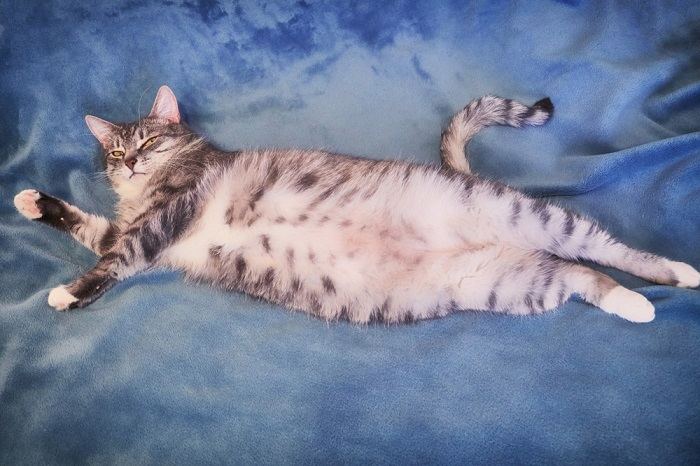
Because cat belly buttons are small, flat, and covered with fur, they can be hard to spot.
As with most mammals, a cat’s belly button is located on its stomach, just below the bottom of its ribs. Although humans have very prominent belly buttons, in a cat the belly button is flat and not particularly pronounced, so it can be difficult to find underneath all that fur.
A cat’s belly button is also very small, usually only a few millimeters in diameter. Added to that, most cats do not like you touching their stomach so it’s hardly surprising that you probably haven’t ever found your cat’s belly button.
If your cat does tolerate you touching their stomach, you might be able to feel a very small bump in the skin where the navel is, and you might even be able to see it if you gently part the fur.
Some cats even have a swirl of hair over their belly button, that grows in a different direction from the rest of the fur on the stomach. Even if you can’t feel or see anything at all, rest assured your cat does have a belly button, though it might be barely visible.
In a female cat that has been spayed, especially if it was recently, you might be able to feel the scar from her surgery which is easy to mistake for a belly button. The scar might be in the location where her belly button is, so you might just be able to feel the surgical scar and not her belly button.
The scar from being spayed is longer than a belly button so you should be able to tell which one you are feeling. Remember though, some cats are spayed through an incision in their flank or side, as opposed to on their tummy.
What Is A Belly Button?
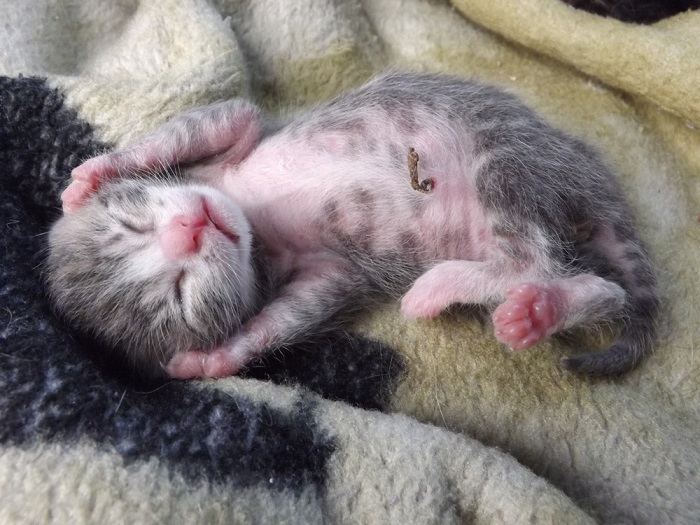
The belly button is what is left behind after a kitten’s umbilical cord detaches.
A belly button is a common name for the navel, which is technically termed the umbilicus. As the term “umbilicus” suggests, it is a scar where the umbilical cord that connected a baby to its mother during pregnancy has been detached. In humans, the belly button can protrude, be flat, or hollow, depending on how the area heals once the cord has been removed.
Also Read: Fostering A Pregnant Cat: What You Need To Know?
What Is A Belly Button For?

Once they’re born, kittens don’t need their umbilical cords anymore, so mom chews them off to detach them.
In mammals, the umbilical cord transfers oxygen and essential nutrients from the mother’s placenta to the baby as it develops during the pregnancy. Once the baby is born, the umbilical cord is no longer required and so it is removed.
Mother cats will instinctively chew off the umbilical cord connecting them to their kittens shortly after birth, leaving each kitten with a small stump of umbilical cord attached to its tummy. This quickly dries up and within a few days the stump falls off, leaving the kitten with a small scar where the umbilical cord once was. Never attempt to pull the stump off yourself, it will detach on its own when it’s ready.
Each kitten within a litter will have its own placenta and its own umbilical cord and therefore its own belly button. Even twins and triplets have their own umbilical cord, although they share a placenta. Once a mother cat has chewed off the umbilical cords, she usually eats the placentas.
Also Read: How To Tell If A Cat Is Pregnant: Labor Signs, Behavior And Timeline
Can Cats Have ‘Outie’ Belly Buttons?
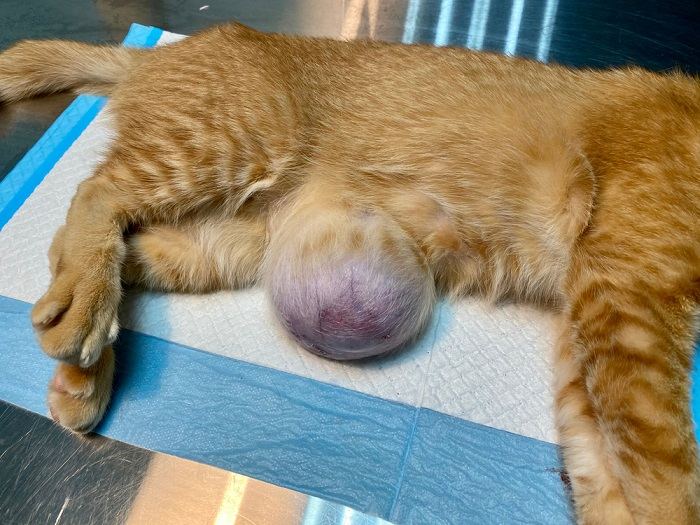
Although most umbilical hernias are small, they can be severe, as seen here.
Cats do not have “innie” or “outie” belly buttons the way that humans do. A cat’s belly button is only a small flat scar. If your cat appears to have an “outie” belly button, it could be that they have an umbilical hernia.
This is the most common location in cats for a hernia to occur. An umbilical hernia is a small opening or defect in the abdominal muscles that allows fat or other abdominal contents to protrude through.
Umbilical hernias in cats are usually small and often just a small piece of fatty tissue from the abdomen protrudes through, causing a soft lump in the place where your cat’s belly button is.
Occasionally, the hernia might be larger and might allow part of the intestines or another abdominal organ to protrude through. This can be life-threatening as it could result in the blood supply to that organ being cut off.
Also Read: Cat Digestive System: Anatomy, Diseases, & Treatment
What Should I Do If My Cat Has An Umbilical Hernia?

Small umbilical hernias can often be repaired during your kitten’s spay or neuter surgery.
If you are concerned that your cat might have an umbilical hernia, schedule an exam with your veterinarian. If the hernia is very small and not causing your cat any trouble, your veterinarian might suggest that it is surgically repaired at the same time your cat is neutered.
If the hernia is large your veterinarian might suggest that it is surgically repaired as soon as possible to prevent the risk of abdominal organs falling through it.
Signs that an umbilical hernia is causing a problem in your cat include:
- Lethargy
- Abdominal pain
- Loss of appetite
- Vomiting
- Sudden swelling or enlargement of the hernia
Also Read: 10 Subtle Signs Your Cat May Be Sick
Can Cat Belly Buttons Cause Any Other Health Issues?

As long as no hernia is present, your cat should not have any future problems from a fully formed belly button.
Once the site of the umbilical cord attachment in kittens has healed, the belly button does not cause any problems. Occasionally in newborn kittens, before the belly button has formed, an umbilical infection can occur. Signs of an umbilical infection in a kitten include swelling, redness, inflammation, or discharge or pus from the site where the umbilical cord was attached.
If you suspect a kitten has an umbilical infection, take them to the veterinarian immediately as the kitten can become sick very quickly and this type of infection can be life-threatening if left untreated.
Also Read: Eye Diseases In Neonatal Kittens: Causes, Symptoms, & Treatment
Do Other Animals Have Belly Buttons?
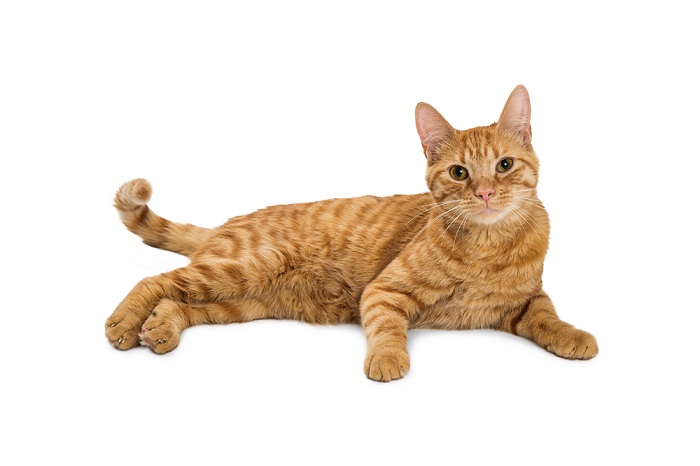
Most mammals have belly buttons, though human belly buttons are some of the most pronounced.
All mammals that develop in a placenta during pregnancy have belly buttons. Mammals such as kangaroos and koalas, which are marsupials that develop in their mother’s pouch as opposed to in a womb, have no need for umbilical cords therefore do not have belly buttons.
Other examples of mammals that do not have belly buttons include egg-laying mammals such as the platypus and the echidna. Apart from these exceptions, almost all mammals have belly buttons, although few are as pronounced as human belly buttons.
Also Read: Why Are Cats So Flexible? A Vet Explains
Cat Belly Buttons: Final Thoughts
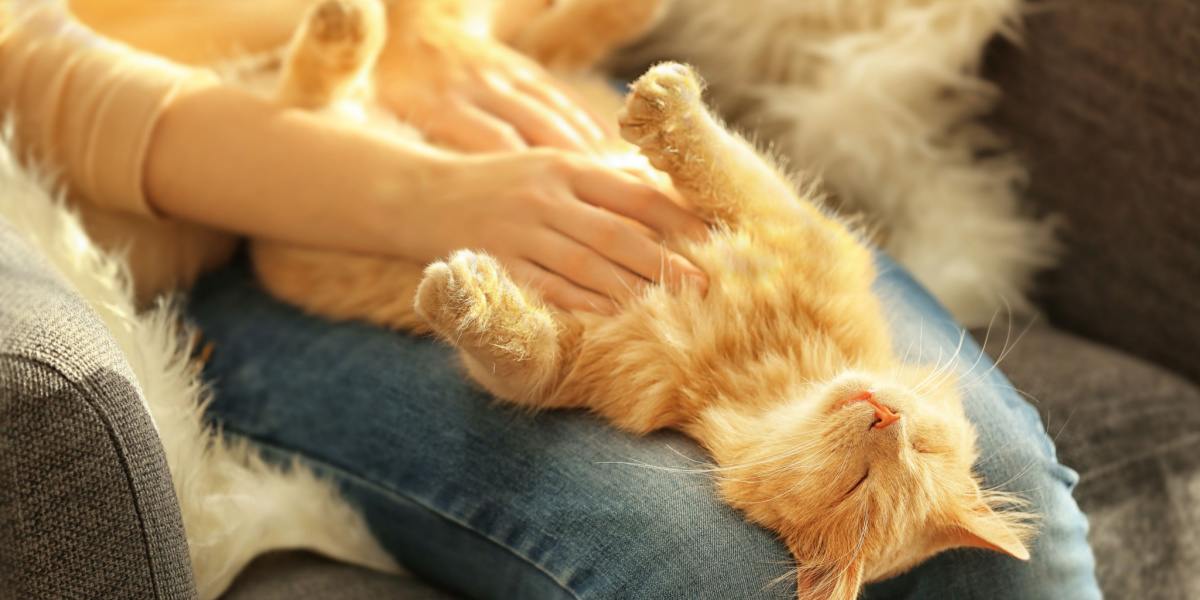
If your cat enjoys belly rubs, gently search for their belly button the next time you’re cuddling.
Now you know that cats do have belly buttons, although they do not resemble ours. You might have trouble finding your cat’s belly button as they are very small and do not protrude very much at all, plus they are covered with fluff unless you have a hairless cat.
If your cat doesn’t mind their tummy being touched, you can gently try and find their belly button next time you are giving them a tummy rub. If you can’t find it, or if like most cats your cat doesn’t like their tummy being touched, you’ll just have to take our word for it that your cat does indeed have a belly button.
Also Read: Why Is My Cat Staring At Me? Top 5 Reasons Explained
Frequently Asked Questions
What does a kitten’s belly button look like?
A newborn kitten’s belly button might still look like a small stump where the umbilical cord has been chewed through by its mother. Within a few days, this stump dries up and falls off, leaving behind a small, slightly bumpy scar.
Does a cat have an umbilical cord?
All cats are born attached to an umbilical cord which attaches them to the placenta. The umbilical cord is chewed off by the mother cat immediately after the kitten is born.
What happens to cat belly buttons?
Cat belly buttons are formed when the umbilical cord, which attaches them to the placenta during pregnancy and is chewed off by the mother shortly after birth. The site where the umbilical cord was attached heals and forms a small scar called the belly button, navel, or umbilicus.
Can cats have outie belly buttons?
No, cats cannot have outie belly buttons. All cat belly buttons are small, flat scars that at most, might be slightly bumpy. If your cat looks like they have an outie belly button, they might have an umbilical hernia, which is a swelling in the area where the belly button is.
Umbilical hernias can be problematic so take your cat to the veterinarian to get them checked if you think they might have an umbilical hernia.







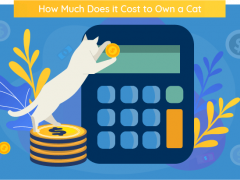
I love this anything about cats!